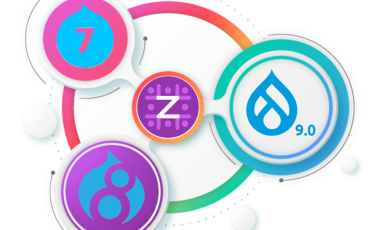What Is Waterfall Model and Agile Model in Testing?
Waterfall Model in Website Testing
In the Waterfall model, QA is typically a distinct phase that follows after the completion of the development phase. The QA team begins testing only after the entire product is developed. This approach can lead to the discovery of major issues late in the process, which can be costly and time-consuming to fix. For example, if a bug is found in the requirements phase after the product is developed, it necessitates revisiting earlier stages, impacting the project timeline.
Agile Model and QA
In the Agile model, QA is an ongoing process. Testing is integrated into every iteration of the development cycle, allowing for continuous feedback and early detection of issues. For instance, in a Scrum framework, QA testers are part of the Scrum team and actively participate in each sprint. They work alongside developers, ensuring that each increment meets quality standards before moving on to the next.
How We Handle Agile and QA
In our Agile Scrum framework, QA plays an important role
Scrum Team Inclusion
QA testers are integral members of the Scrum team. They collaborate with developers from the onset of the sprint, ensuring that testing is considered during the planning stage and carried out throughout the sprint.
Continuous Testing
In each sprint, the product undergoes testing as it is developed. This continuous testing approach helps in identifying and fixing defects early, which is far more efficient and cost-effective.
QA in Daily Scrums
During daily Scrum meetings, QA testers provide updates on testing progress, raise any obstacles they encounter, and plan testing activities for the day. This ensures that testing considerations are always front and center in the project's progress.
Deciding Between Waterfall and Agile for Website Testing
When deciding between Waterfall and Agile from a QA perspective, consider the project's scope and complexity:
- For projects with well-defined requirements and a low likelihood of changes, the Waterfall model might be suitable. Here, QA can be planned and executed in a structured manner post-development.
- For projects where requirements are expected to evolve, Agile is more suitable. The continuous feedback loop in Agile allows QA to adapt to changes quickly and ensure the product's quality throughout its development.



